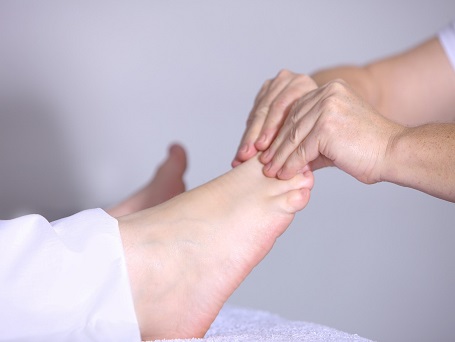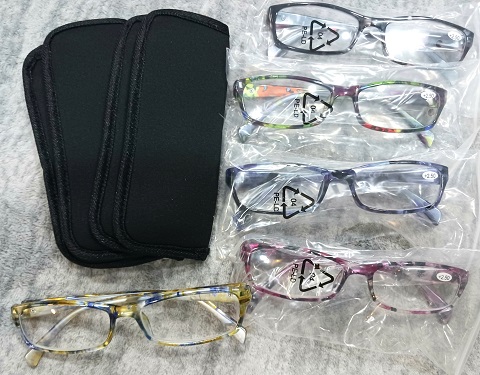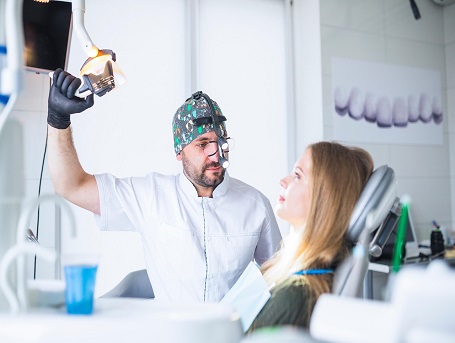 Key Takeaways
Key Takeaways
* Small daily changes can produce significant improvements in long-term fitness and well-being.
* Habits that are manageable, realistic, and personalized are more likely to last.
* Lasting results come from routines built for consistency, not intensity or quick fixes.
* Backed by solid research, balanced living results in better energy, mood, and resilience.
* Instead of focusing on perfection, aim for steady progress and celebrate each win.
Why Healthy Habits Matter
Many believe dramatic, once-in-a-while decisions determine health, but daily routines and small, repeated choices shape it. Whether reaching for fruit instead of a candy bar or squeezing in a walk after dinner, these seemingly mundane decisions create the foundation for how we feel daily. Habits connect the dots between intention and action, making it easier to stay healthy even when motivation dips. One helpful way to see how these small habits add up is through reading detailed experiences, such as those found in Bio Complete 3 reviews, where individuals share their honest journeys and how routine changes transform their health over time.
It’s not just anecdotal evidence that highlights the importance of daily healthy habits—science backs this approach, too. Studies have shown that a steady commitment to small changes in diet and movement results in far-reaching benefits, like a reduced risk of heart disease, improved cognitive function, and enhanced immune strength. Rather than radical overhauls or crash diets, sustainable habits—like drinking water, taking the stairs, or planning balanced meals—help ensure gains aren’t just temporary but part of a healthy, enjoyable lifestyle.
Rethinking Morning Routines
How the day begins often sets the tone for the hours ahead. Yet, too many people feel pressured by elaborate morning routines, thinking they must follow a rigid checklist to thrive. The truth is that consistent and straightforward routines are much more effective for most people. A morning could start as easily as with a tall glass of water to rehydrate after sleep—a tip supported by many nutritionists—or a quick, gentle stretch to awaken tired muscles. Even a few minutes of slow breathing or quiet time before checking your phone can make a noticeable difference in how focused and calm you feel.
Consistency is more important than perfection. For some, a morning walk around the block or a journal entry to set intentions works wonders. Others might find a balanced breakfast, such as overnight oats with nuts and berries, jump-starts their metabolism and keeps hunger at bay. The idea is not to follow a one-size-fits-all template but to find what brings you joy and a sense of calm. Over time, the right morning habits can become an anchor, helping you approach each day with clarity and enthusiasm.
Creating Habits That Stick
Changing habits all at once rarely works—and research shows this is more likely to lead to frustration and failure than success. Instead, focus on one slight, realistic shift at a time, such as adding a serving of vegetables to dinner, or committing to a ten-minute walk most days. It may feel slow, but the incremental approach has consistently proven more successful in the long run.
Motivation helps you start, but creating systems—like leaving your sneakers by the door or keeping cut-up veggies in the fridge—turns healthy choices into automatic behaviors. Use reminders, habit-tracking apps, or sticky notes on the bathroom mirror to reinforce your progress. These actions transform from chores into natural parts of your day with time.
Easy Nutrition Wins for Any Schedule
Nutrition doesn’t have to be complicated or time-consuming to be effective. Making meals ahead or keeping healthy snacks on hand can help even the busiest schedules stay on track. Consider prepping a container of fresh fruit or veggie sticks at the start of each week, or layering salads in mason jars for easy grab-and-go lunches. Swapping a sugar-laden dessert for yogurt with berries or choosing whole grain wraps over white bread offers simple ways to boost nutrient intake without extra effort.
* Bag up a serving of unsalted nuts for a fiber- and protein-rich snack.
* Keep a colorful bowl of fruit visible to encourage healthy choices.
* Batch-cook grains like brown rice or quinoa for easy side dishes or meal bases all week.
The positive effects of these small changes add up: increased energy, better digestion, and fewer afternoon crashes are just the beginning. Innovative nutrition strategies fit easily into daily routines, making healthy eating accessible and sustainable.
Active Living Without the Gym
Exercise is often framed as an activity that takes place inside a gym, but it can—and should—fit naturally into regular life. Walking briskly during lunch breaks, biking to the store, or gardening for half an hour contributes to meaningful physical activity. These small movements stimulate circulation, boost mood, and help balance blood sugar levels.
Research indicates that breaking up periods of sitting with even five minutes of movement each hour can decrease health risks significantly. Dancing to a favorite playlist, doing household chores, or playing outside with the kids (or your dog) all provide both health benefits and moments of genuine enjoyment. The more you see movement as a part of life—instead of a separate chore—the easier it becomes to incorporate it, regardless of your schedule or fitness level.
Mindfulness for Everyday Wellbeing
Mindfulness is about being present—tuning in to sensations, emotions, and thoughts with gentle curiosity rather than judgment. In high-stress, fast-paced environments, mindfulness can serve as an anchor, helping people reconnect with themselves and manage pressure more effectively. Even a sixty-second pause to focus on your breath can reduce tension and invite calmness.
For instance, a short meditation while waiting for the coffee to brew or a mindful walk where you focus on the sights and sounds can build resilience and foster a sense of well-being. As outlined in the Mayo Clinic’s guide to mindfulness exercises, simple practices like deep breathing, body scans, and mindful observation can be easily integrated into daily life. Over time, these brief moments of stillness teach the mind to return more easily to the present, building emotional flexibility and helping to weather daily stresses with greater ease.
The Power of Restful Sleep
|
High-quality sleep is a cornerstone of good health, yet it’s frequently sacrificed for productivity or entertainment. Unfortunately, chronic sleep deprivation can sabotage efforts to eat well or stay active, and even one poor night can impact mood, attention span, and immune health the next day. That’s why carving out a consistent wind-down routine is so important. As noted by the Sleep Foundation, adequate sleep enhances everything from heart health and emotional well-being to memory and learning, making it a fundamental pillar of overall wellness.
Improve sleep by keeping a steady bedtime, reducing screen time the hour before bed, and creating a cozier bedroom environment—dim lights, cool temperatures, and calming scents like lavender work for many. Incorporating relaxing activities, whether a couple of yoga poses, a gratitude journal, or reading a few pages of a favorite book, helps cue the body for sleep and builds a ritual that signals the brain it’s time to rest. Over weeks and months, improved sleep supports every other healthy habit you cultivate.
Tracking Progress and Celebrating Small Wins
Success with healthy routines often comes down to recognizing progress—even the smallest. Tracking new habits in a notebook, a calendar, or a smartphone app builds a sense of accomplishment and keeps motivation high. Sometimes, just seeing a string of successful days is an encouragement to keep going.
* Write down what felt good or challenging about the new habit each evening.
* Mark milestones—like a week of morning walks—with a small self-care reward.
* Share your wins with supportive friends or family for extra encouragement.
These positive reinforcements transform the process from obligation to celebration, reminding you that each small win contributes to a bigger picture of health.
Building Support Systems
It’s much easier to stick to positive changes with encouragement from others. Social support can fuel motivation and joy, whether meeting a friend for a neighborhood stroll, joining a community wellness challenge, or simply checking in with loved ones about your progress. Studies have shown that people are more likely to sustain healthy habits long-term when they feel accountable to others and supported by a sense of connection.
Sharing challenges and setbacks in a safe group can make the journey less lonely and more rewarding. Ultimately, cultivating healthy habits is about steady, compassionate progress—and reaching out for peer support or expert guidance can be the push that keeps you going when motivation wanes. By focusing on manageable, enjoyable daily routines and using trusted resources and communities, everyone can move closer to a healthier, kinder living.







